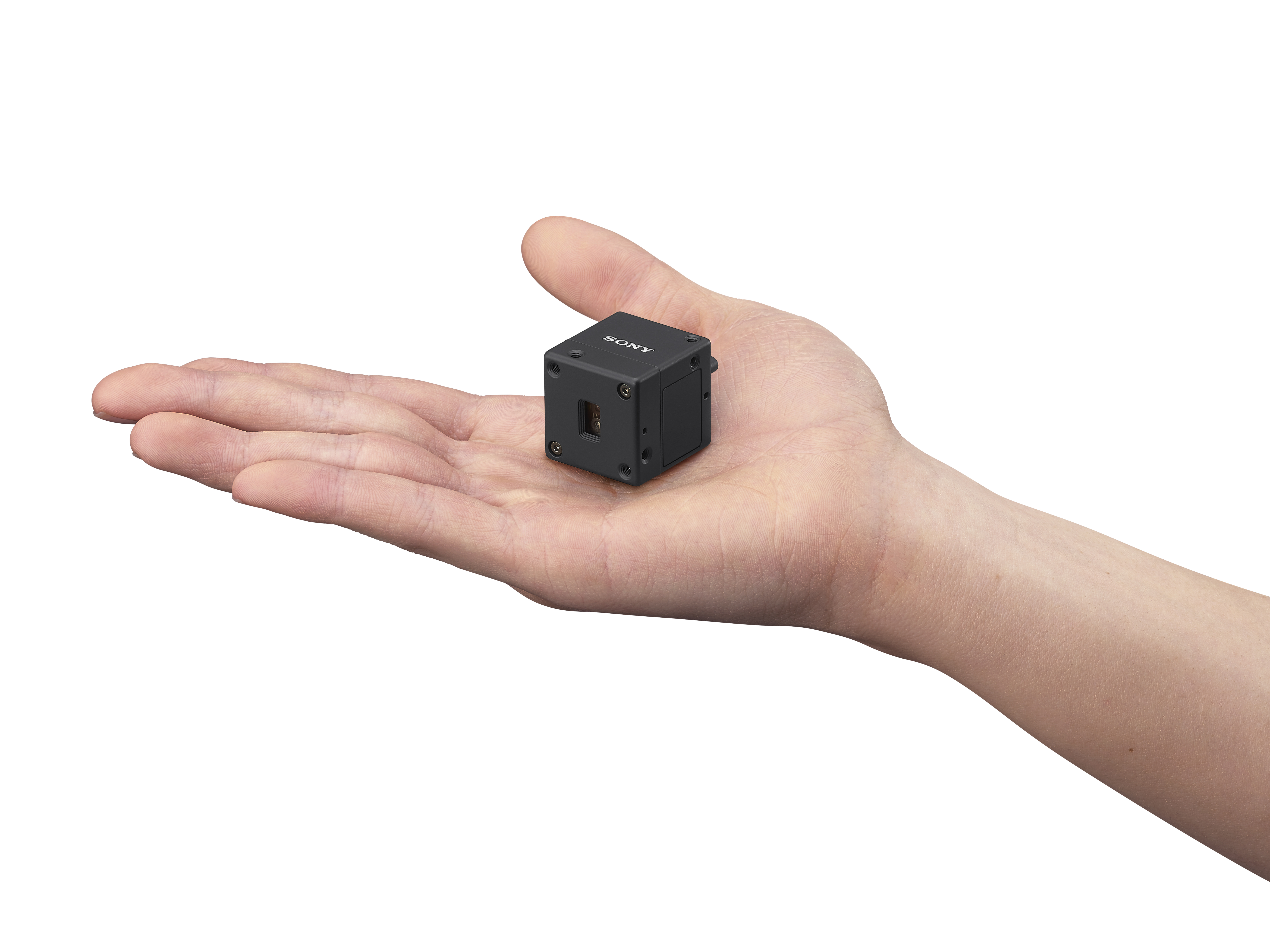DTV Station Loudness: Part IV
Is it possible to control the loudness of programs in a simple and cost effective manner without permanently affecting the dynamic range of the audio? It may be. Remembering that the Dolby Digital (AC-3) system works by using a metadata parameter called dialog loudness to describe the average loudness of a program that in turn controls a consumer side attenuator. This works behind the scene like broadcaster-adjusted volume control, and program-to-program loudness shifts can be lessened or eliminated. Further, because a common method called LeqA is used to measure loudness, station-to-station loudness shifts can also be remedied.
It should be obvious that the system can work two ways: Adjust the dialog loudness parameter to match the audio content, or adjust the audio content to match a single dialog loudness value. While a simple dynamic range processor could certainly match all audio to one lowest common denominator, it will forever change the audio, which might or might not be acceptable.
Consider another approach--a hybrid view of the situation. Operators could be given an additional meter (a Dolby LM100, for example) to display loudness as the exact value to insert into the dialog loudness metadata field. An operator could then adjust audio levels as usual, and use this meter to hit a single target value that might be part of a network program delivery specification. At the broadcast side, a sophisticated audio processor could then leave this proper audio alone, and process only content that is too loud or too soft due to incorrect metadata. The quality of the properly adjusted content will be preserved, and there will be a safety net for the rest.
This is a realistic solution requiring little change to standard practice, and the benefits might prevent television audio from suffering at the clutches of those who believe it's good enough to just squash it all.
Get the TV Tech Newsletter
The professional video industry's #1 source for news, trends and product and tech information. Sign up below.
